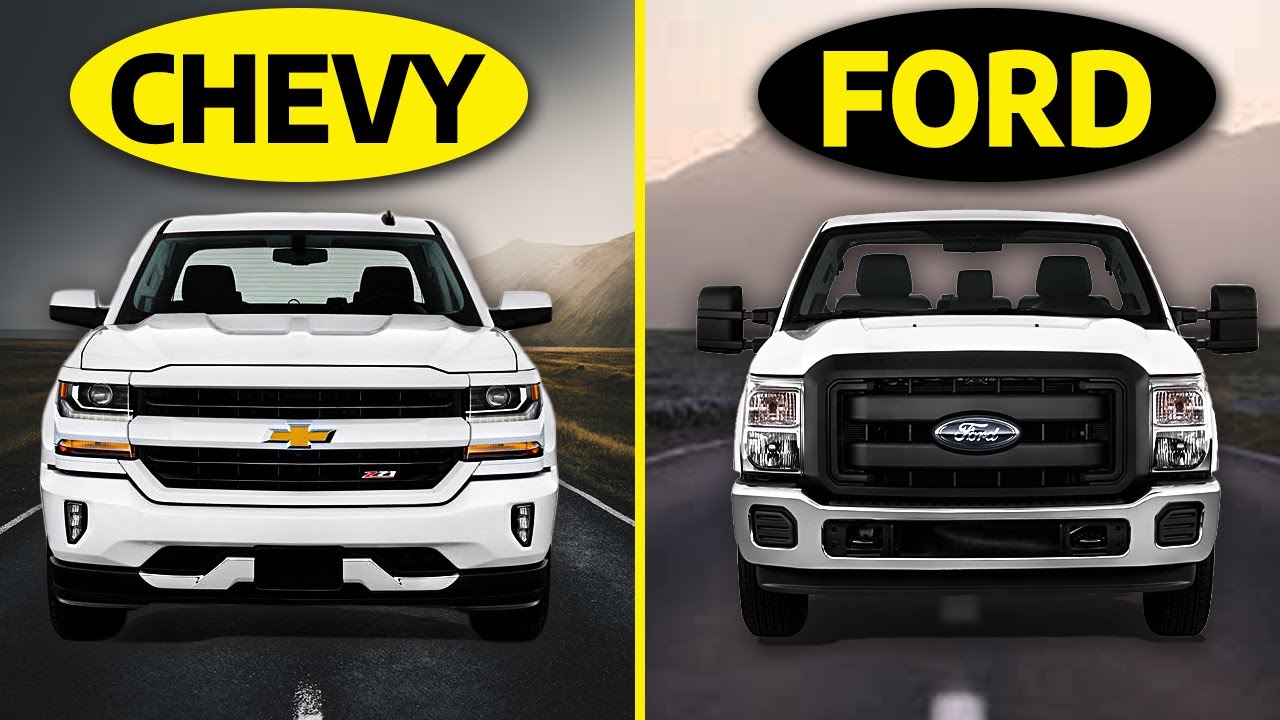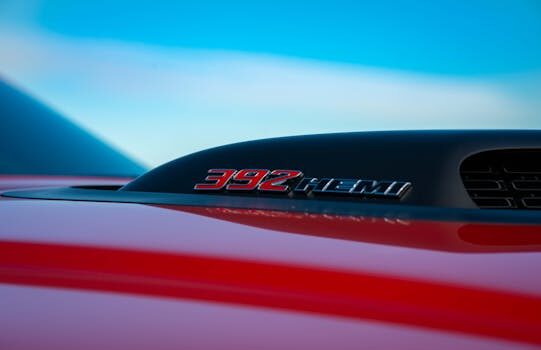 Car comparisons
Car comparisons
The automotive landscape is abuzz with speculation as industry heavyweights Ford and Chevy face the prospect of a revitalized competitor: SRT is making a comeback. This heralds a potentially seismic shake-up in the muscle car market, a segment where brute power and brand loyalty reign supreme.
While Ford and Chevy have long been stalwarts in the American muscle car arena, the return of SRT (Street and Racing Technology) could signal a new era of competition. Let’s delve into what this means for the industry and these iconic brands as we explore the various facets of this developing story.
Could Pontiac’s revival challenge Dodge’s muscle car dominance?
In a bold move that caught the attention of car enthusiasts and market analysts alike, rumors of a Pontiac brand revival began circulating, hinting at a possible challenge to Dodge’s muscle car dominance. With the spotlight on a high-powered, supercharged V8 engine, Pontiac appears poised to make a grand re-entry.
Pontiac’s storied performance history, coupled with its upcoming centennial, has sparked intense discussion about General Motors’ potential strategy. As Chevrolet streamlines its lineup, the timing for a brand revival couldn’t be more intriguing.
However, the question remains: can a revived Pontiac truly unsettle Dodge’s position? With V8 engines being phased out in favor of electrification, Dodge might need to reassess its future plans in a market that could become more competitive than ever.
What are the implications of the Pontiac brand return for the automotive market?
The potential return of the Pontiac brand could send ripples through the automotive market. As car aficionados and potential customers reminisce about Pontiac’s legacy, the excitement generated could translate into significant market shifts.

Other automakers, including Ford and Chevy, might need to revisit their strategies as Pontiac’s reintroduction could siphon muscle car enthusiasts away, impacting sales and brand loyalty.
The broader implications for the automotive industry encompass both consumer choice and the pressures of innovation. As GM possibly re-enters this niche segment, it highlights the need for continuous evolution to stay relevant in an ever-changing landscape.
How is Dodge responding to the discontinuation of its V8 engines?
Dodge’s response to the discontinuation of its V8 engines is a testament to the industry’s ongoing transformation. As the brand embraces electrification in the automotive industry, it is pivoting towards a future where powertrain technology is diverse and forward-thinking.
This strategic shift underlines Dodge’s commitment to innovation, all while maintaining its muscle car ethos. The brand’s foray into electrification suggests an exciting new chapter, ensuring Dodge remains competitive in a field where traditional and emerging technologies converge.
What are the key issues with the Ford 10R80 10-speed transmission?
Despite Ford’s reputation for durability, the Ford 10R80 10-speed transmission has encountered several issues, causing concern among owners. These problems range from harsh shifting experiences to unexpected power loss, raising questions about transmission reliability.
Lawsuits allege Ford knew about these defects and their potential risks, including safety hazards like fires. As these issues come to light, Ford faces the challenge of maintaining customer trust while addressing the technical shortcomings of its transmissions.

For the brand known for being “Built Ford Tough,” the current scenario is a stark reminder that even the most esteemed automakers are not immune to mechanical challenges.
What should owners do if they experience transmission problems?
Owners facing issues with their vehicles’ transmissions are advised to seek immediate technical assistance. Documenting the problem and reporting it to authorized dealerships is crucial for warranty and potential recall claims.
Moreover, owners should educate themselves on their rights under lemon laws and consider consulting legal experts if the problems persist. Timely action can not only ensure personal safety but also contribute to the broader resolution of these defects for all affected customers.
Are there any class-action lawsuits against Ford’s 10R80 transmission?
Indeed, numerous class-action lawsuits against Ford’s 10R80 transmission have emerged. These legal actions represent the collective grievances of affected owners and underscore the severity of the issues at hand.
The lawsuits claim that Ford knowingly sold vehicles with defective transmissions and failed to provide adequate remedies. As these cases proceed, they bring to light the broader implications of automotive companies’ accountability and consumer protection.
What compensation can affected Ford owners expect?
Affected Ford owners embroiled in the transmission debacle may be entitled to compensation. Depending on the outcome of class-action suits and individual claims, reimbursements could range substantially.

Compensation may cover repairs, replacements, or even buy-backs for vehicles deemed to be irreparable. While the exact figures will vary, the pursuit of legal retribution is a path many owners are taking to seek justice and financial restitution.
Frequently Asked Questions About the Return of SRT
What does SRT mean on a Ford?
SRT, which stands for Street and Racing Technology, is historically associated with Dodge, not Ford. If Ford were to adopt a similar technology or performance division, it would signify an intriguing development, potentially indicating a focus on high-performance vehicles.
However, as of now, SRT remains a hallmark of Dodge’s performance pedigree, while Ford continues to advance its own performance lines under different branding.
What does SRT stand for on a Chevy car?
Like Ford, SRT is not a term traditionally linked with Chevy cars. SRT is synonymous with Dodge’s lineage of high-performance vehicles. Chevy has its own performance monikers, such as SS (Super Sport). Any association with SRT would mark a novel collaboration in the automotive sphere.
With the muscle car market being highly competitive, such a partnership would be surprising but not entirely out of the realm of possibility as brands seek new ways to captivate the performance-seeking audience.
In light of the current developments, let’s take a moment to watch a recent discussion that delves deeper into the ongoing narrative:

In conclusion, the possibility of SRT’s return and Pontiac’s revival, combined with Ford’s transmission tribulations, signal a transformative period for American muscle cars. As the automotive industry continues to evolve, so too does the landscape of competition and innovation. Ford and Chevy should indeed keep a watchful eye on these developments; their responses could very well shape the future of American performance vehicles.
